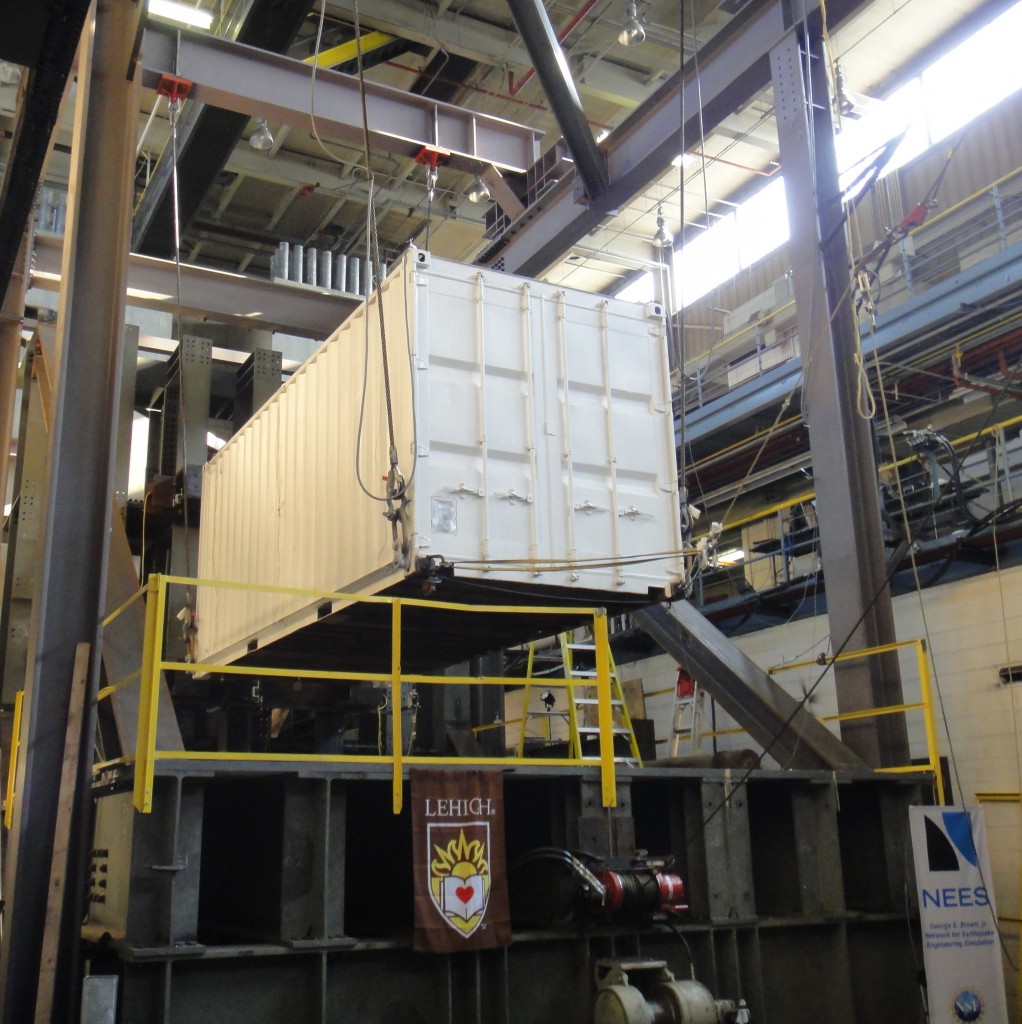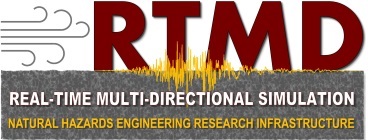Impact Forces from Tsunami-driven Debris
Project Overview
The objective of this research project is to improve our understanding of, and predictive capabilities for, tsunami-driven debris impact forces on structures. Impact forces specified by current codes and standards are based on rigid body dynamics, while our proposition is that a model that fails to consider the flexibility of the debris results in design forces that are substantially too conservative. We will carry out experiments at NEES@OSU and NEES@Lehigh to improve our understanding of the important physical processes and to develop and validate two numerical models: a simplified model that can be used for design and reliability studies, and a fully 3-D fluid-structure interaction model based on computational fluid dynamics. This simulation-based model will be used to explore complex parameters not included in the simple model, such as 3-D geometry, impact angle, and 3-D fluid flow.


Link to Videos
Participants
Principal Investigator
- Ronald Riggs – University of Hawaii
Co-Principal Investigators
- Daniel T Cox – Oregon State University
- Marcelo Kobayashi – University of Hawaii
- Clay J Naito – Lehigh University


